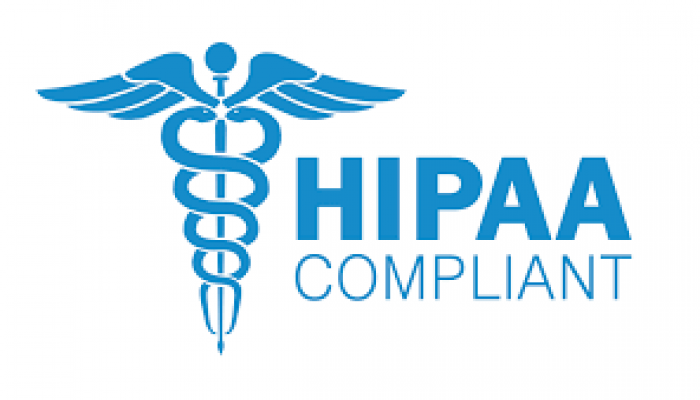 Launch apps instantly. Claim $200 credits on DigitalOcean
Launch apps instantly. Claim $200 credits on DigitalOcean
Navigating the Best Zoom App for Telehealth: A Comprehensive Guide
Written by hijab » Updated on: March 27th, 2024

In the wake of the COVID-19 pandemic, telehealth has emerged as an indispensable tool Virtual Care Platform for delivering healthcare services remotely. Among the myriad of teleconferencing platforms available, Zoom has become a prominent choice for healthcare providers due to its user-friendly interface, robust features, and HIPAA-compliant options. However, with several versions of Zoom available, healthcare professionals may find themselves questioning which one is best suited for their telehealth needs. In this comprehensive guide, we delve into the various Zoom applications and explore their features, suitability, and considerations for telehealth practices.
Understanding Zoom's Offerings:
Zoom Meetings:
Zoom Meetings is the standard version of Zoom, widely used for virtual meetings, conferences, and webinars.
It offers features like screen sharing, virtual backgrounds, and chat functionalities.
While suitable for general meetings, Zoom Meetings may not meet the specific privacy and security requirements of telehealth without additional configurations.
Zoom for Healthcare:
Zoom for Healthcare is a specialized version designed to meet the unique needs of the healthcare industry.
It includes enhanced security measures and compliance with HIPAA regulations, ensuring the confidentiality of patient information.
Zoom for Healthcare offers features like secure messaging, electronic health record (EHR) integration, and consent tracking, making it tailored for telehealth consultations.
Zoom Phone:
Zoom Phone is a cloud-based phone system integrated with Zoom's video conferencing capabilities.
While not primarily designed for telehealth, Zoom Phone can complement telehealth services by providing a unified communication platform for healthcare teams.
Choosing the Right Zoom App for Telehealth:
Security and Compliance:
HIPAA compliance is crucial for telehealth platforms to ensure patient data protection. Zoom for Healthcare is specifically designed with robust security features and HIPAA compliance in mind, making it the ideal choice for telehealth consultations involving sensitive medical information.
Ease of Use and Accessibility:
The chosen Zoom app should be user-friendly for both healthcare providers and patients, with intuitive interfaces and seamless integration with other healthcare systems.
Zoom for Healthcare offers specialized features tailored to the needs of healthcare professionals, simplifying the telehealth experience for both parties.
Integration Capabilities:
Integration with electronic health records (EHR) and other healthcare software is essential for streamlining telehealth workflows and maintaining accurate patient records.
Zoom for Healthcare offers EHR integration options, enabling seamless data exchange and enhancing the efficiency of telehealth consultations.
Scalability and Customization:
As telehealth services continue to expand, scalability becomes crucial to accommodate growing patient volumes and evolving healthcare needs.
Zoom for Healthcare offers scalable solutions customizable to fit the unique requirements of different healthcare organizations, ensuring flexibility and adaptability as telehealth practices evolve.
Implementation and Best Practices:
Training and Education:
Healthcare providers and staff should undergo comprehensive training on using the chosen Zoom app effectively, including privacy and security protocols.
Regular updates and refresher courses can help ensure ongoing proficiency and adherence to best practices.
Patient Engagement and Support:
Educating patients on how to access and use the telehealth platform is essential for successful remote consultations.
Providing technical support and assistance to patients encountering difficulties with the Zoom app can enhance their telehealth experience and promote engagement.
Continuous Evaluation and Improvement:
Regular evaluation of telehealth processes and technology is vital for identifying areas for improvement and optimizing the delivery of care.
Soliciting feedback from healthcare providers and patients can provide valuable insights for refining telehealth practices and enhancing the overall quality of care.
Conclusion:
In the realm of telehealth, selecting the right Zoom app is paramount to ensuring secure, efficient, and patient-centered remote healthcare delivery. While Zoom Meetings may suffice for general virtual meetings, healthcare providers should opt for Zoom for Healthcare to meet the stringent privacy and security requirements of telehealth consultations. By prioritizing factors such as security, ease of use, integration capabilities, and scalability, healthcare organizations can leverage Zoom's technology to enhance telehealth services and improve patient outcomes in an increasingly digital healthcare landscape.
Copyright © 2024 IndiBlogHub.com Hosted on Digital Ocean









Post a Comment
To leave a comment, please Login or Register